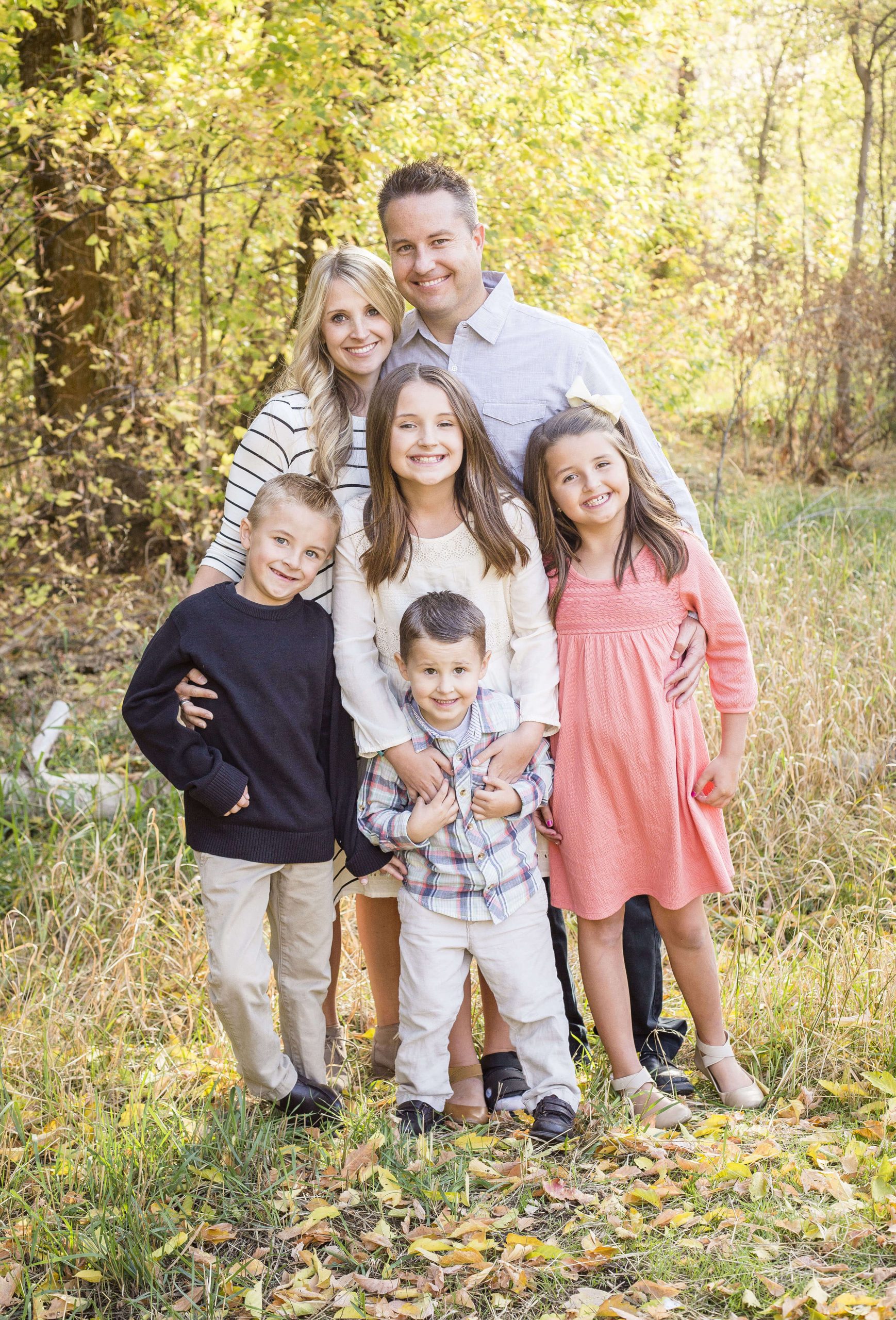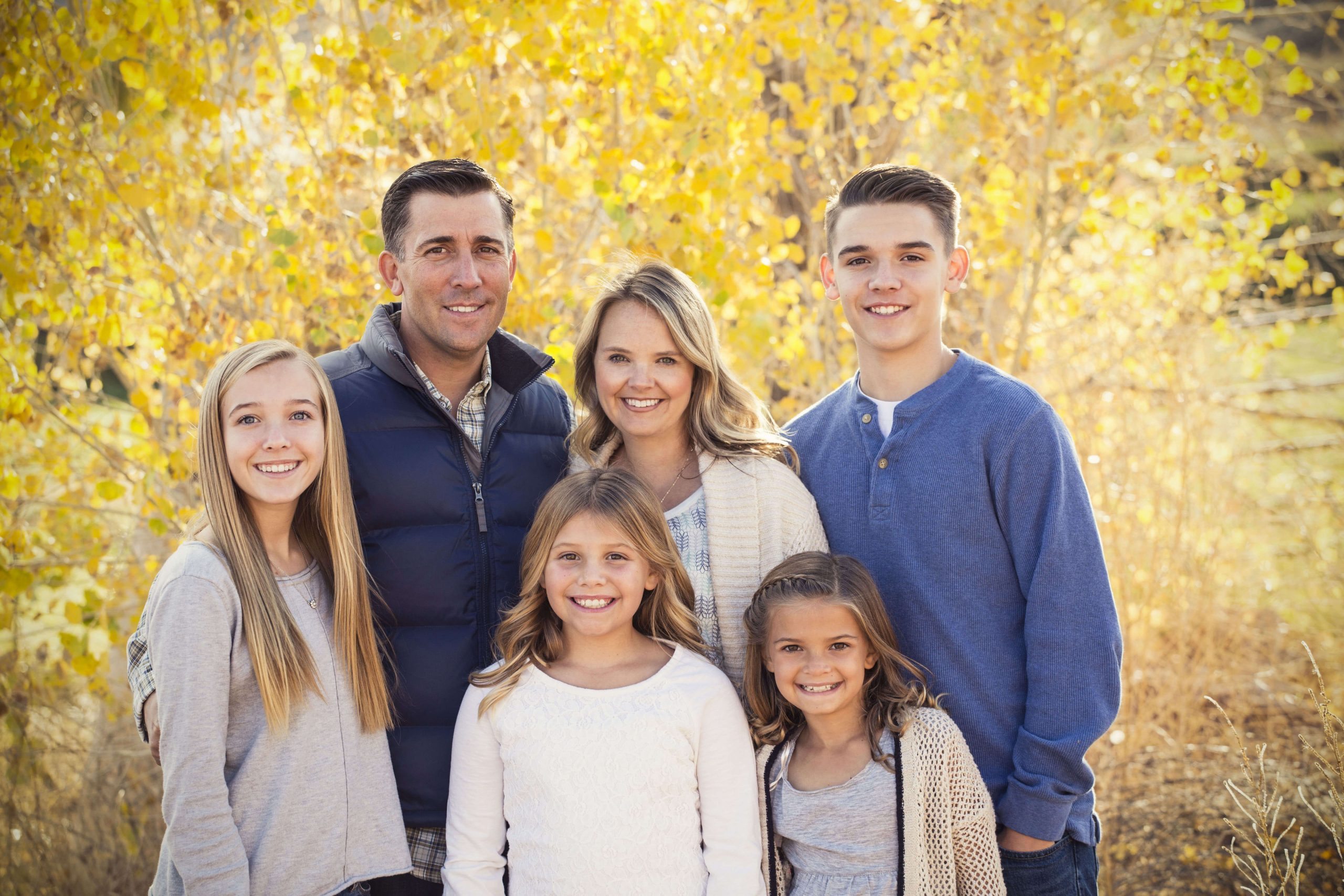
Top Tips For A Perfect Prayer Card Photo
2 years ago • Design Tips • 6min read
Your portrait or family photo can make or break a great prayer card design. We want you to look your best and present your best self to your supporters. Here are a few DO’s and DON’T’s to help you get the perfect photo.
Photographers
DO
Find a Photographer – A guaranteed way to get a professional-looking photo that is high-quality is to hire a professional photographer to take your portrait or family photo. It is an investment you can use for many other things besides your prayer card: other fundraising material, keepsakes, Christmas cards, presents for family, updating your Facebook profile, etc. If hiring a professional photographer is not something you’re interested in, try finding an aspiring photographer in your church or a friend with a good eye and the right equipment.
Talk to Your Photographer – Make sure your photographer knows what you are using the photos for and any other requirements you may have. This will help them take better photos that meet your needs. And don’t forget to trust them! Your photographer is talented and great at their job, so no worries.
DON’T
Submit a Selfie – A photo can make or break the quality of a card. A great photo can make a design even better, a lackluster photo can only be improved so much with a nice design. Try to avoid selfies in favor of something more professional.
Use a Filter – If you use a professional photographer, they will edit your photo to what they think looks best, so don’t add additional filters to be respectful of their work. Instagram, Snapchat, and even the filters built into your phone can make your photo too dark or too light, taking away information embedded in the photo that is difficult to get back. If you took your photo yourself and don’t like the way it looks, our designers are skilled at editing and will be happy to help.
Photo Quality
DO
Use a Good Camera – If you decide to take your own photos or have a friend help you out, make sure to use a good digital camera. Phone cameras are getting better, but we would not recommend using anything that is more than a few years old.
Have A Good Amount of White Space – The empty space surrounding the subject of the photo is referred to as white space. It does not have to be completely blank, any background is fine, but your graphic designer’s job will be a lot harder if the subject is too close to the edge of your photo. A poorly cropped photo is not helpful, but a photo with plenty of white space is a designer’s dream.
DON’T
Submit a Photo Smaller Than 300 PPI – You need a high-resolution photo for optimum print quality. What does that mean? We want the original high-quality file your photographer sent you, not a cropped or optimized version of it. To ensure this, your photo should be at least 300 PPI (pixels per inch) or at least 1MB. Professional cameras may create images 10MB or larger. If the resolution on your photo is too low, it will end up printing blurry. Also, make sure that your email app isn’t changing the size of the photo if it was attached to an email.
Crop Your Photo – A cropped photo is hard to work with as the subject takes up the whole frame. An uncropped photo gives your designer more wiggle room and leaves a nice amount of white space for text, logos, etc.

Colors
DO
Wear a Good Outfit – Try to coordinate clothes with your family. This helps the card look more cohesive and stay in a color scheme. Try not to overdress, but don’t undress either. Wear what feels natural to you, but be sure to check if your organization has a dress code.
Choose a Good Background – Be mindful of what is behind you in your photo. Trees, brick walls, cityscapes, or a blank backdrop are all better than a parking lot. We can “cut” out a background, but it is easier for your designer to do so with a solid background. A cutout background does not always look natural either.
DON’T
Wear a Color You Don’t Like – Your graphic designer most likely will pull the color palette for the design from your clothing in the photo. If there is a color you don’t want on the card, try not to wear it or let anyone else in the photo wear that color.
Bonus Tips


Be Aware That Your Photo Decides the Orientation of Your Card – This may seem backward, but hear us out. A landscape photo will work best on a prayer card with a vertical layout. A portrait photo works best for a horizontal layout. All of the text and photos that go on a card are like puzzle pieces, and–although there are a few exceptions–they generally fit best this way. If you really need your prayer card to be vertical, it’s best to send us a landscape-oriented photo.
Have Fun – Let your personality shine through during your photo shoot. When your graphic designer can see who you are, they are better able to make a card that matches you and your family.
To summarize, the perfect prayer card photo is at least 300ppi, has a good amount of white space around the subject, was taken by a professional, and shows your personality.
When it comes down to it, the photos you have on your prayer card are a representation of you, your family, and your ministry. Your prayer card should be something your supporters will hang proudly on their refrigerators and show to others when they talk about the amazing things you’re doing across the globe. Most of all, you should be happy to have others see your prayer cards and rest easy knowing that their impression of you, your family, and your ministry is a good one.
Know any good photographers you’d like to recommend? Share with us in the comments!